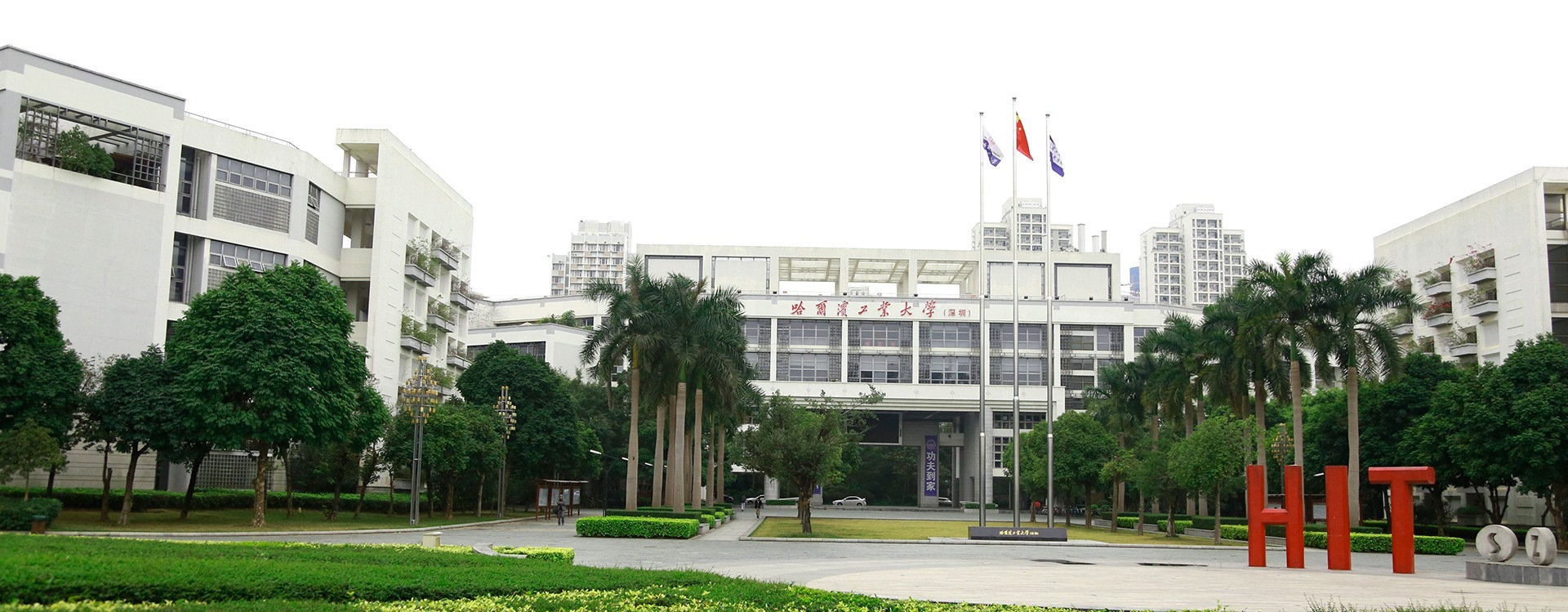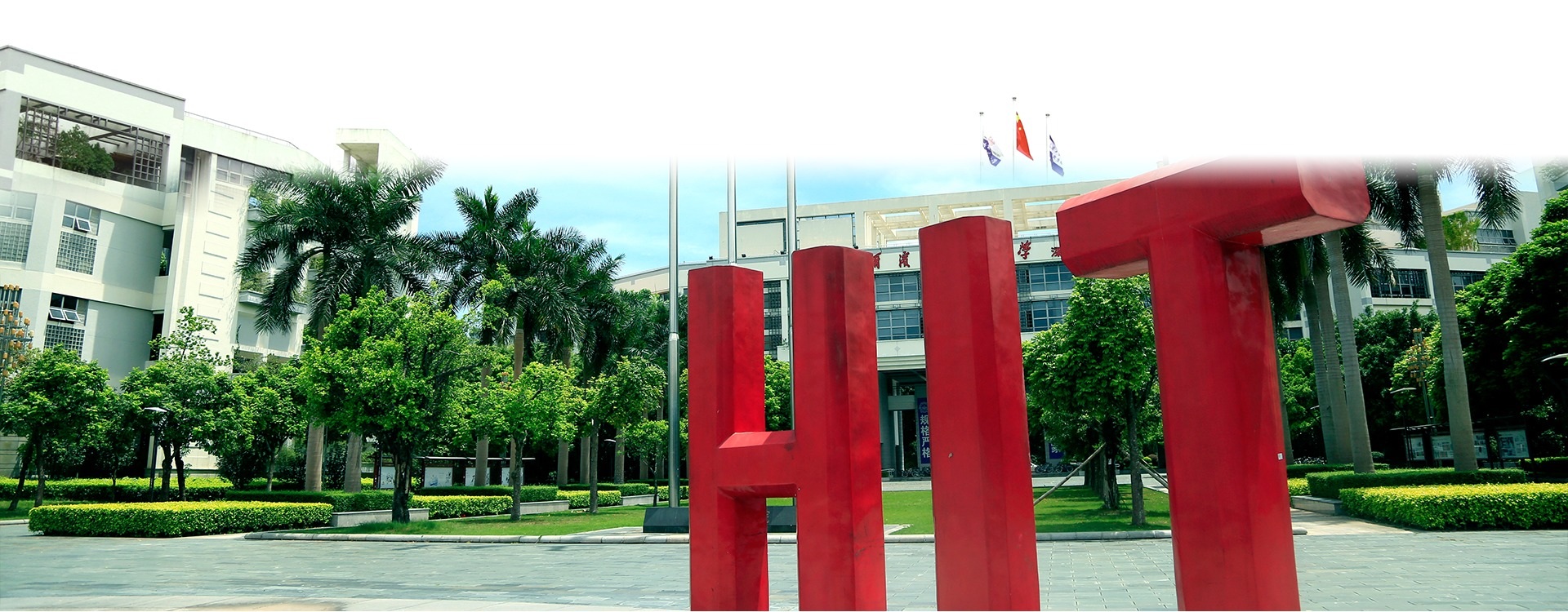Speaker: Professor Wei Hong (洪伟)
Affiliation: Department of Aerospace Engineering, Iowa State University, USA
Global Institution for Collaborative Research and Education, Hokkaido University, Japan
Date: March 7th, 2017 Time: 15:00-16:00 Location: F102
Abstract:
This research seeks a pathway towards the structural design of materials that are soft but tough. Starting from the ultra-tough double-network (DN) hydrogels, the applicability of similar toughening mechanisms in other material systems or at a different length scale is investigated. A soft composite consisting of fabric mesh and VHB tape layers was fabricated, and was found to be as strong as the fabric mesh, and as stretchable as the VHB tape. At certain compositions, it was much tougher than either of the base materials. The extensibility and toughness of the composite can be attributed to the damage delocalization mechanism similar to that of DN gels, but at a much larger scale. In the partially damaged phase, the fabric mesh fragmented into small islands, surrounded by the highly stretched VHB tapes. The large non-affine deformation was accommodated by the finite sliding at the interface. Just as the DN gels, the coexistence of the partially damaged phase and intact phase resulted in a stable necking in the composite when subject to uniaxial tension. The propagation of the necking zone corresponded to a plateau on the stress-stretch curve. Irrecoverable hysteresis similar as in a DN gel were also observed during cyclic loading. To rationalize the observations and to better understand the physical mechanism, a simple model has been developed for the damage evolution process in the composite. The predictions of the model agree well with the measured properties at various compositions. In addition to the DN gels and composite, some other toughening mechanisms of soft materials are also explored. A more general guideline for designing materials and structures that are highly stretchable and extremely tough is proposed.
Biography:
Prof. Hong graduated in 2000 with dual B.E. in Engineering Mechanics and Computer Science and Engineering from Tsinghua University, where he also got his M.S. in Solid Mechanics in 2002. He continued his graduate study at Harvard University and got his Ph.D. in Engineering Sciences in 2006. After graduation, Dr. Hong worked as a Postdoctoral Research Fellow in the School of Engineering and Applied Sciences at Harvard University between 2006 and 2008. In July 2008, Dr. Hong joined the faculty of Iowa State University as an Assistant Professor. Since 2014, Dr. Hong is an Associate Professor of Aerospace Engineering at Iowa State University, where he also holds the curtesy appointments from the Departments of Materials Science and Engineering and Mechanical Engineering. Since July 2015, Dr. Hong has been jointly appointed as an Associate Professor in the Global Institution for Collaborative Research and Education at Hokkaido University in Japan. Prof. Hong’s current research interests include mechanics and physics of soft and active materials, soft composite materials, instability phenomena, fracture and electromechanical damage in solids, Multiphysics modeling and simulation.





